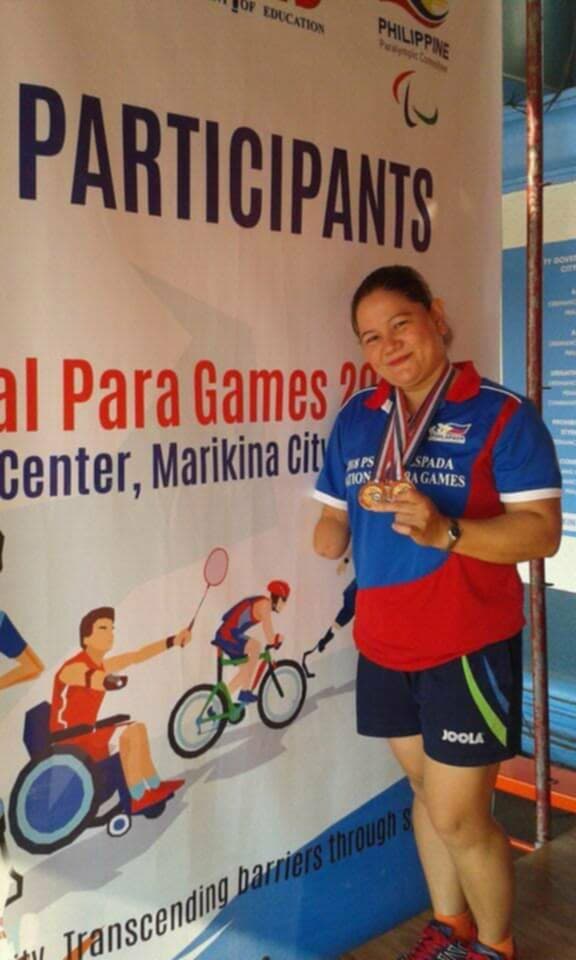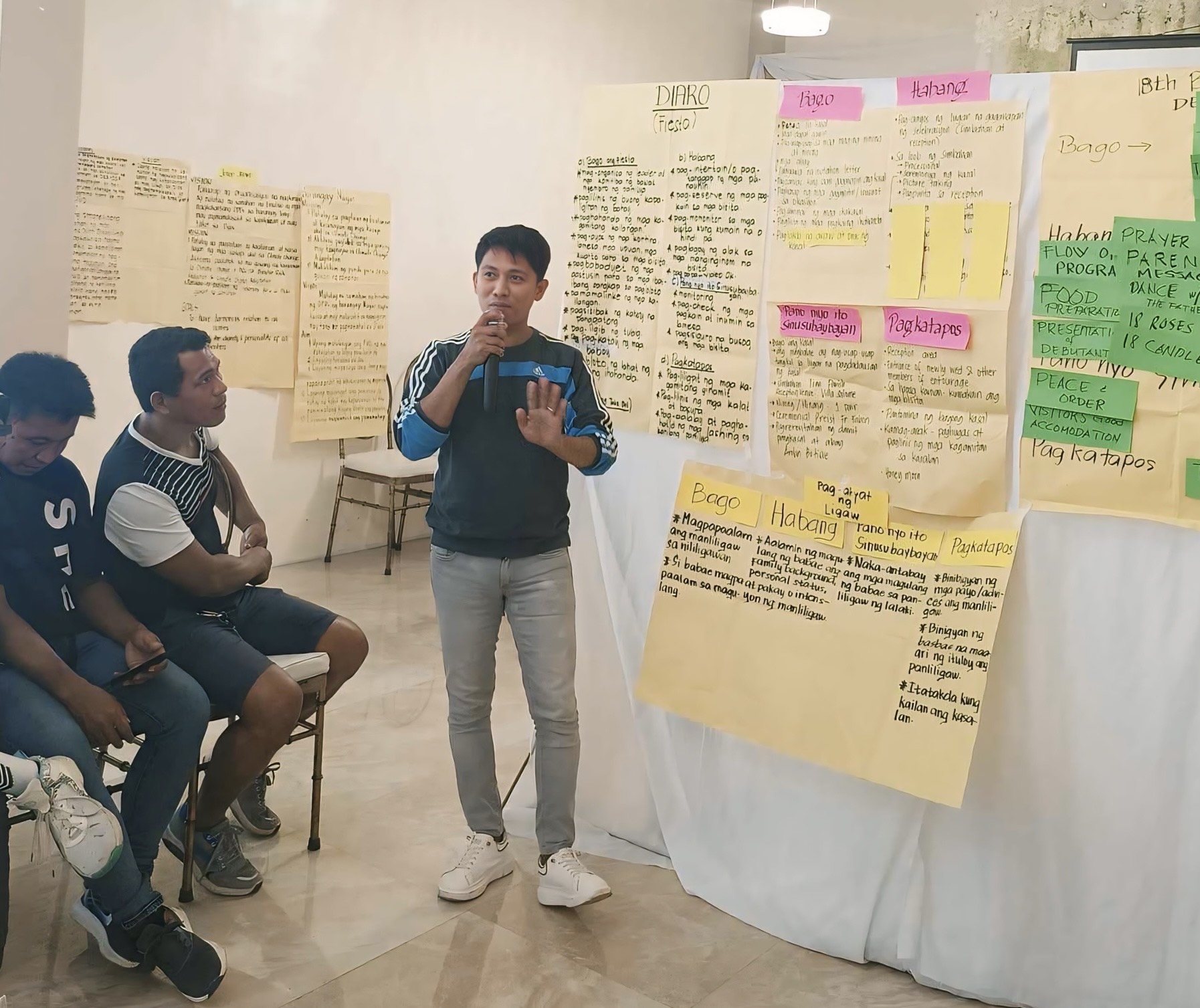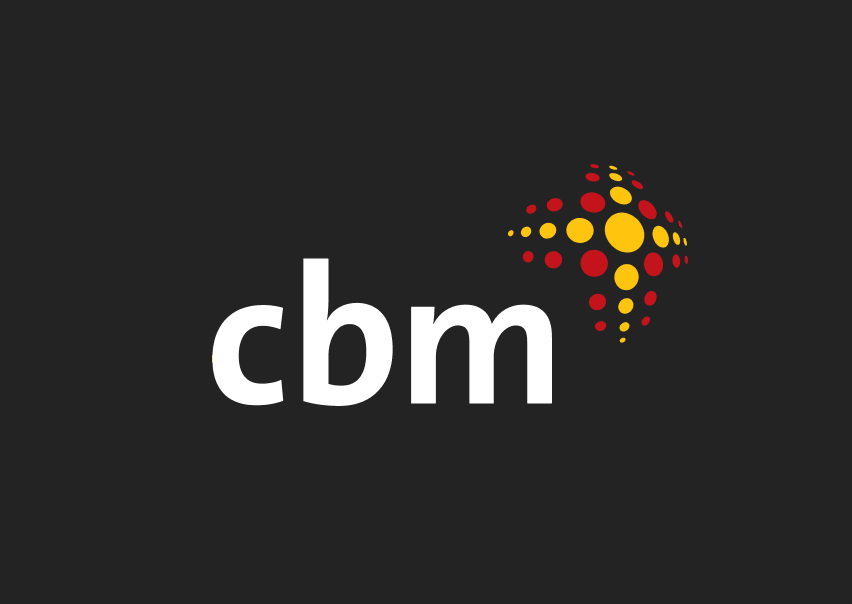Now I Am Safer: Disability Inclusion in Disasters
Stories | February 19, 2024
Disasters impact millions of people around the world, with natural hazards alone affecting on average 198.8 million people each year.[1] Everyone deserves to be safe during disasters, yet people with disabilities are often the worst affected when a disaster strikes.
People with disabilities face a higher risk of being injured or losing their lives during a disaster.[2] They may not be able to get to safety on their own, and may be separated from or left behind by their families. People with disabilities also face additional barriers that can make it harder for them to recover from a disaster and rebuild their homes and livelihoods.
While the extreme weather and hazards that lead to disasters are increasing, especially in Asia and the Pacific, the disproportionate impact disasters have on people with disabilities is not inevitable. There are approaches which reduce the impact of disasters – known as Disability Inclusive Disasters Risk Reduction (DiDRR) – by including people with disabilities in planning and preparing for and responding to disasters.
To bring attention to this important issue and celebrate International Day of People with Disabilities (IDPD), this short video highlights the stories of six people with disabilities living in the most disaster prone region in Bangladesh. It shares their call for a disability inclusive approach to disasters, where everyone can be safe when disasters strike.
In the Patuakhali district of Bangladesh disasters are common, and all of the people featured in the video have been affected by them.
Joyful is a 55 year old woman with a disability and a former leader of a Disabled People’s Organisation (DPO) in her community. In 2007 Joyful survived cyclone Sidr, which devastated Bangladesh and neighbouring countries. She managed to get to a cyclone centre when the flooding started, but because she has difficulty walking, and the shelter didn’t have a ramp, she was unable to get to safety on the second floor. Joyful had no choice but to cling to the first floor windows as the flood waters continued to rise higher.
“It was over my head and I had to hold onto the spokes of the windows.” She recalls in the video.
For people with disabilities the physical landscape and an inaccessible built environment can be major barriers to safety during disasters. But the physical environment isn’t the only barrier faced during disasters.
Stigma and harmful attitudes towards people with disabilities can mean that they are excluded from decision-making and planning around disasters. This means that their needs aren’t considered, discussed or met. It can also be one of the reasons why the physical barriers exist in the first place. Shahadat, a father of three and passionate disability advocate has experienced this firsthand.
“There were negative attitudes … you are a disabled person… why should we include you in the committees?”
But things are changing. In some areas of the Patuakhali district, DiDRR is gaining traction and it’s already making a real difference for people with disabilities.
“Now they include us in the preparedness meetings, they call us to be involved” says Shahadat, who contributes to disaster planning and risk reduction as a joint convenor of the District Disaster Committee (DDC).
With support from a non-government organisation working in the region, Shahadat and other people with disabilities are working with committees like the DDC and local government decision-makers to ensure people with disabilities are safer and included the next time a disaster strikes their area.
“We have created a list of which people with disabilities are the most vulnerable… and we have given it to the [local government] chairman” explains Abdur Rahim, the president of a local DPO. “…and when a disaster is happening, they have devised a plan to evacuate them,” says Shahadat. Knowing who in a community has a disability and the support they’ll need in a disaster helps to ensure that people with disabilities aren’t left behind.
While a DiDRR approach is starting to make a difference in Patuakhali, this is only the beginning, and there is still so much more to be done to ensure that all people with disabilities are included and safe during disasters.
International Day of People with Disabilities gives us an opportunity to come together across the globe to raise awareness and promote action around the rights of people with disabilities and their full inclusion in society. This must include their inclusion in efforts to reduce the impact of disasters.
Shilpy, a member of local government and woman with a vision impairment, is among the many people with disabilities in Patuakhali who will continue fighting to make Disability Inclusive DRR a reality. Her message is simple – “In decision making on disasters people with disabilities must be included. It is my demand.”
Take action now: Join the campaign for disability inclusive disaster risk reduction
[1] Centre for Research on the Epidemiology of Disasters (CRED) (2018), Disasters 2018: Year in Review, retrieved from https://cred.be/sites/default/files/CredCrunch54.pdf. This includes Floods, storms, droughts and extreme temperatures, earthquakes and tsunamis, volcanic activity and wildfires
[2] United Nations (2018), The UN Flagship Report on Disability and Development 2018 (p.39), retrieved from https://www.un.org/development/desa/disabilities/publication-disability-sdgs.html; World Health Organisation, (2005) Disasters, Disability and Rehabilitation, Retrieved from http://www.who.int/violence_injury_prevention/other_injury/en/disaster_disability.pdf; United Nations Economic and Social Commission for Asia and the Pacific (ESCAP) (2017), Disability in Asia and the Pacific: The Facts – 2017 midpoint review edition, retrieved from https://www.unescap.org/resources/disability-asia-and-pacific-facts-%E2%80%93-2017-midpoint-review-edition
https://www.cbm.org.au/stories/now-i-am-safer-disability-inclusion-in-disasters
Related Stories

Aiming for gold and championing the rights of people with disabilities
Minnie, a 40-year-old mother of two and Treasurer of...

Jay’s journey: from hiding his disability to advocating for change
Jay, a 31-year-old hairdresser from the Philippines and father...

The Blessed Life
Mary learnt the depths of the implications of living the blessed life. The angel Gabriel had told Mary that she was going to be pregnant with the Son of God....
